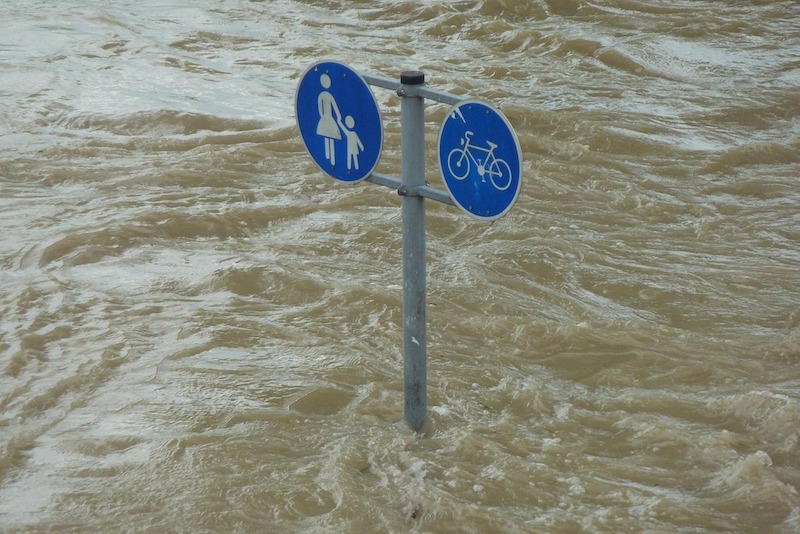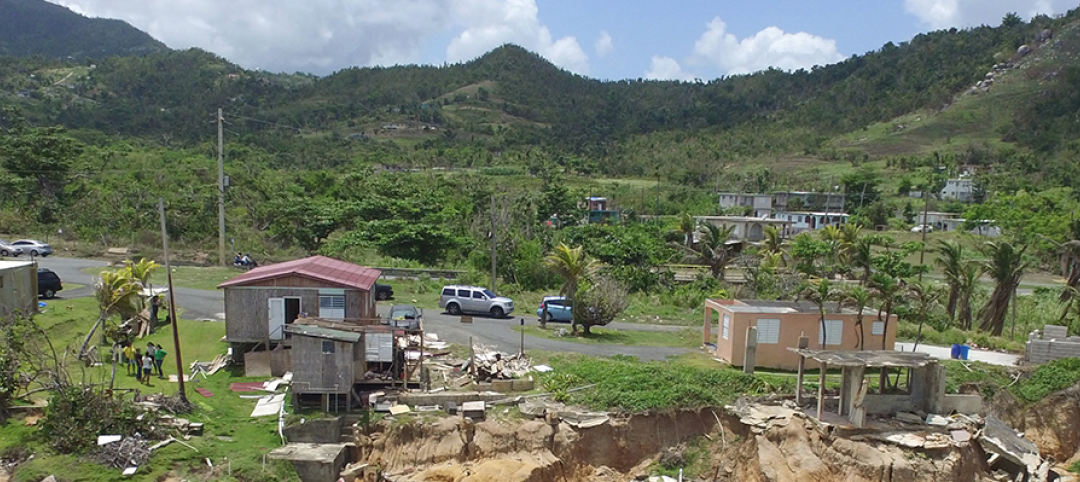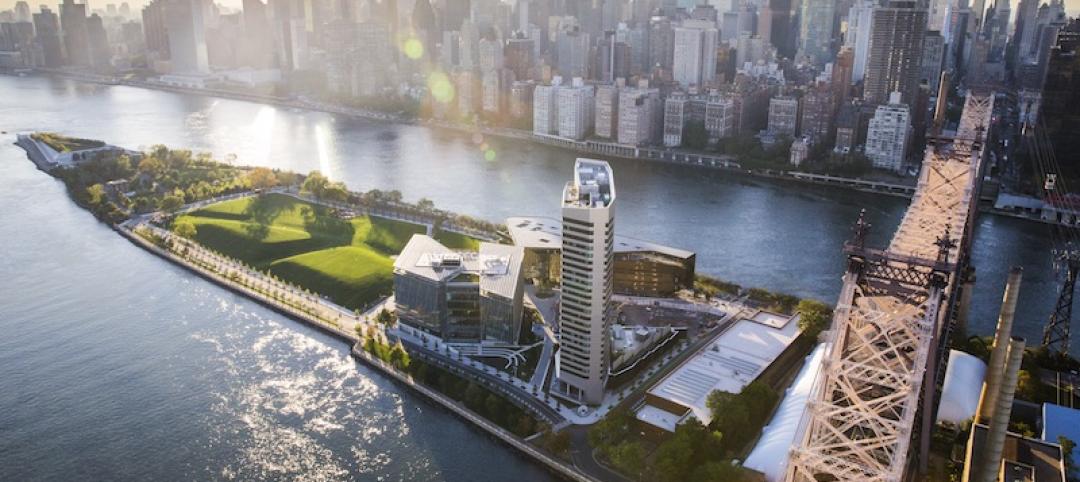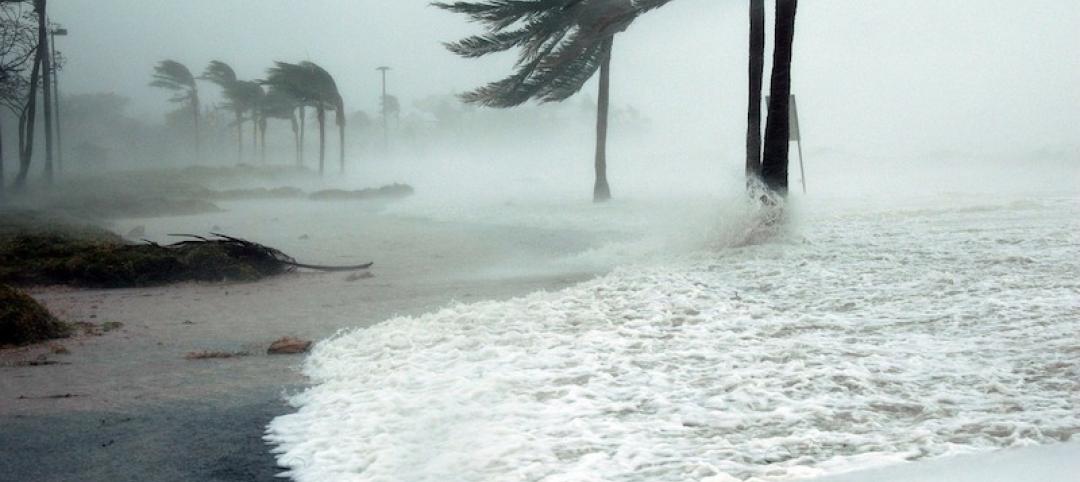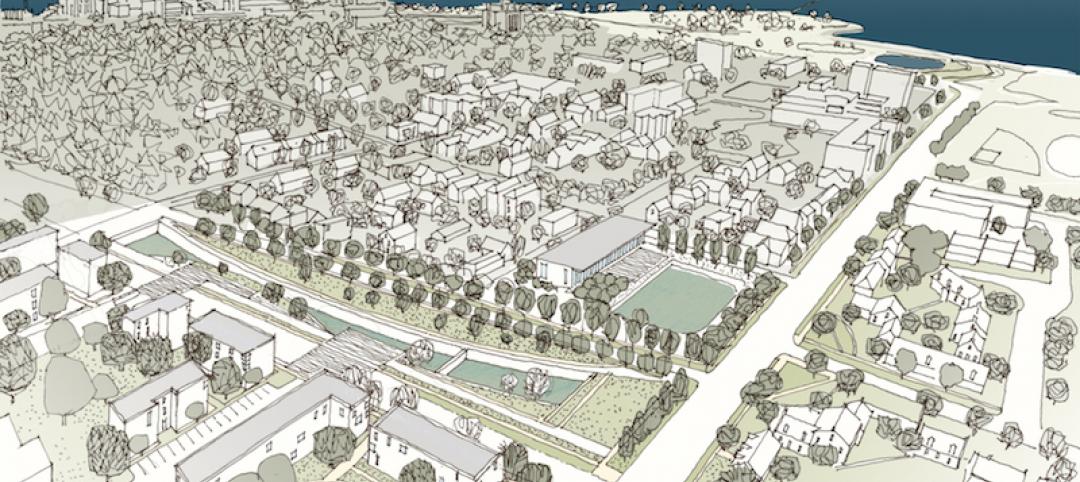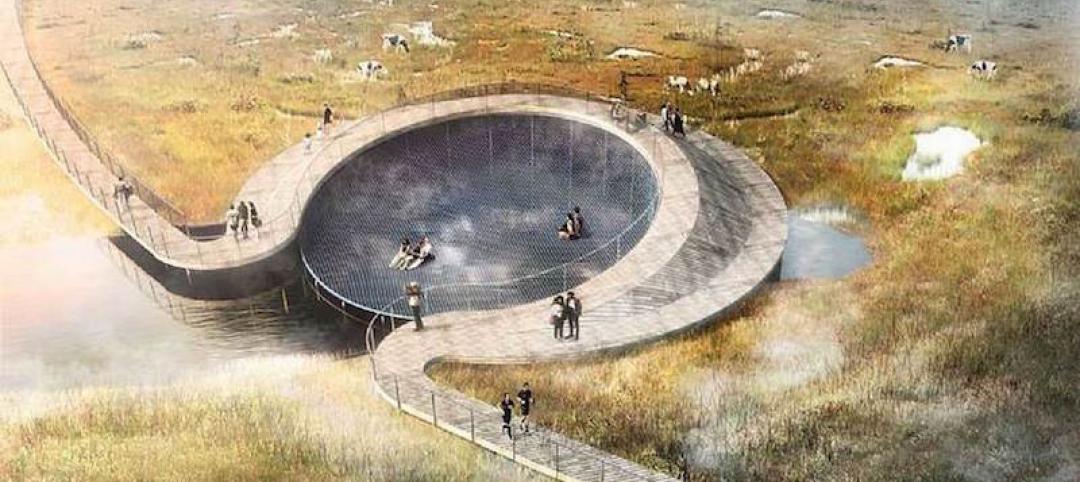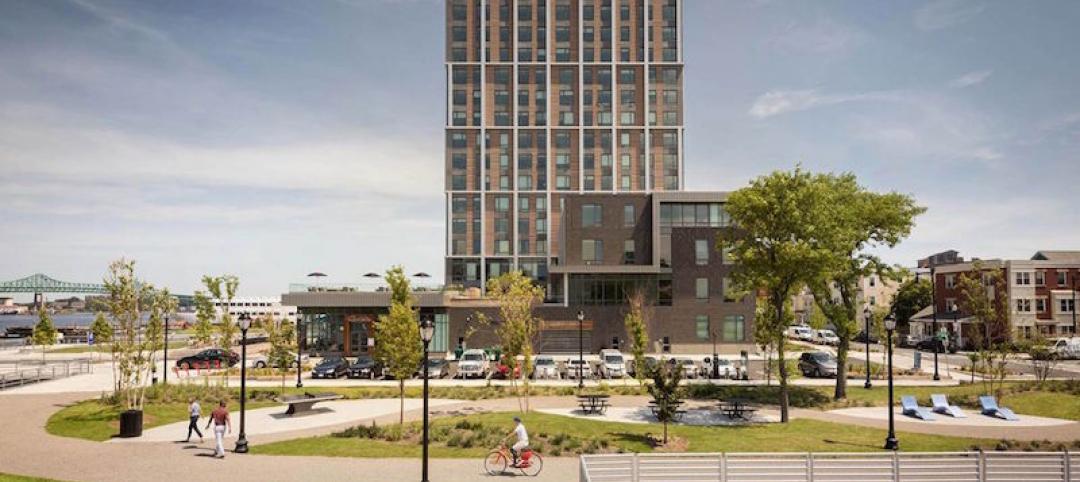The global engineering firm Arup has joined forces with First Street Foundation, a nonprofit that specializes in climate science and flood modeling, for the purpose of co-creating products that provide climate risk data for various property types.
This partnership will combine Arup’s expertise in risk and resilience engineering with First Street Foundation’s datasets for climate-adjusted national disasters. The goal of this collaboration, according to the firms, is to gauge the risk from climate change on the built environment, and to support organizations and entities that help mitigate that risk.
In 2020, there were 22 separate billion-dollar weather and climate disasters across the U.S., which also experienced a record number of named tropical storms (30), 12 of which made landfall, according to National Oceanic and Atmospheric Administration’s National Centers for Environmental Information. Through July 9, there have been another eight weather/climate disaster events this year with losses exceeding $1 billion.
RISK ASSESSMENT REPORTS AND DATA
“The threat of experiencing severe environmental disaster is accelerating in the United States due to the reality of a changing climate,” asserts First Street Foundation’s Founder and Executive Director Matthew Eby. “Partnering with Arup allows First Street Foundation to leverage our data and climate hazard modeling capacities to enable a fuller understanding of the extent and nature of the risks to the built environment.”
In June 2020, the Foundation released its First National Flood Risk Assessment for the continental U.S., which it produced in partnership with researchers and hydrologists from Fathom, Rhodium Group, and academic institutions. That report identifies the equivalent of 14.6 million properties across the country at substantial risk from climate change, of which 5.9 million properties and their owners were unaware of that risk. The Foundation also released FloodFactor.com, a website that uses the Foundation’s national flood model to provide probable climate-adjusted flood risk for every American home.
Last February, the Foundation released its Cost of Climate national report, which applies the Foundation’s flood model to an analysis of depth-damage functions from the U.S. Army Corps of Engineers to estimate average annual loss for residential properties today and into the future. This study finds nearly 4.3 million residential homes with substantial flood risk that would result in financial loss. To insure these homes through the National Flood Insurance program would require increasing premium rates 4.5 times to cover the estimated risk in 2021, and 7.2 times to cover the growing risk by 2051.
The Foundation’s data are leveraged by all levels of government and industry. And its partnership with Arup allows the Foundation to continue its efforts to provide critical insights to businesses and policy makers.
A LONGTIME CONCERN
Arup’s specialty—via its multidisciplinary team of engineers, planners, and analysts—is guiding companies and organizations toward greater resilience. This has been a concern of the firm for at least a decade: In 2012, for example, it rolled out its City Resilience Index, developed with The Rockefeller Foundation, and comprised of 52 indicators based on responses to 156 questions.
Arup currently provides end-to-end climate risk and strategic resilience advice for a diverse range of projects that include university campuses, data centers, tech companies, manufacturers, real estate developers, healthcare providers, and utility and transit operators.
Ibrahim Almufti, Arup’s Resilience Leader in San Francisco, states that as climate change intensifies, “it is increasingly important to prepare organizations and adapt assets for the future. Teaming with First Street Foundation allows us to scale our advisory so that it benefits more people, organizations, and communities.”
Arup and First Street Foundation plan to announce what initiatives and products they are developing “in the near future.”
Related Stories
Resiliency | Mar 7, 2019
Building for resilience - All about RELi
Sustainable design strategies create more resilient buildings. However, only truly focused purposeful resilient design strategies will create the adaptation needed.
Resiliency | Feb 27, 2019
ResilientSEE: A framework to achieve resilience across scales
Conceived in the Boston studio of Perkins+Will, the ResilientSEE team developed a resilient planning framework that can be applied to other neighborhoods, cities, and countries.
Sustainability | Oct 25, 2018
As project delivery models evolve, designers rethink their role
New York City’s newest university campus, Cornell Tech, pushes the limits of sustainable and resilient design.
Resiliency | Sep 4, 2018
It takes more than money to fund resilience
Resilient design, much like all projects in the built environment, requires funding.
Resiliency | May 17, 2018
Architects brief lawmakers and policy-makers on disaster recovery as hurricane season approaches
Urge senate passage of disaster recovery reform act; Relationship-building with local communities.
Resiliency | Feb 21, 2018
Resilience team selected to help protect a vulnerable Bridgeport, Conn., from floods
The design and construction project would perpetuate efforts that date back several years.
Resiliency | Jan 24, 2018
A luxury community in Florida mandates resilience in new-home construction
Alys Beach’s in-house GC builds to standards set by the FORTIFIED program.
Resiliency | Jan 24, 2018
Effort to develop first whole-community resilience benchmarks for buildings, water, and energy launched
Volunteers sought for committee openings.
Resiliency | Jan 17, 2018
Climate adaptation project addresses current and future climate changes in Randers, Denmark
The C.F. Møller-designed project is slated for completion in 2021.
Resiliency | Nov 15, 2017
Resilient design for waterfront buildings: a real estate win-win in vulnerable area
The developer sees resilient developments achieving top-of-market pricing, faster leasing, higher renewal, and higher occupancy rates.


